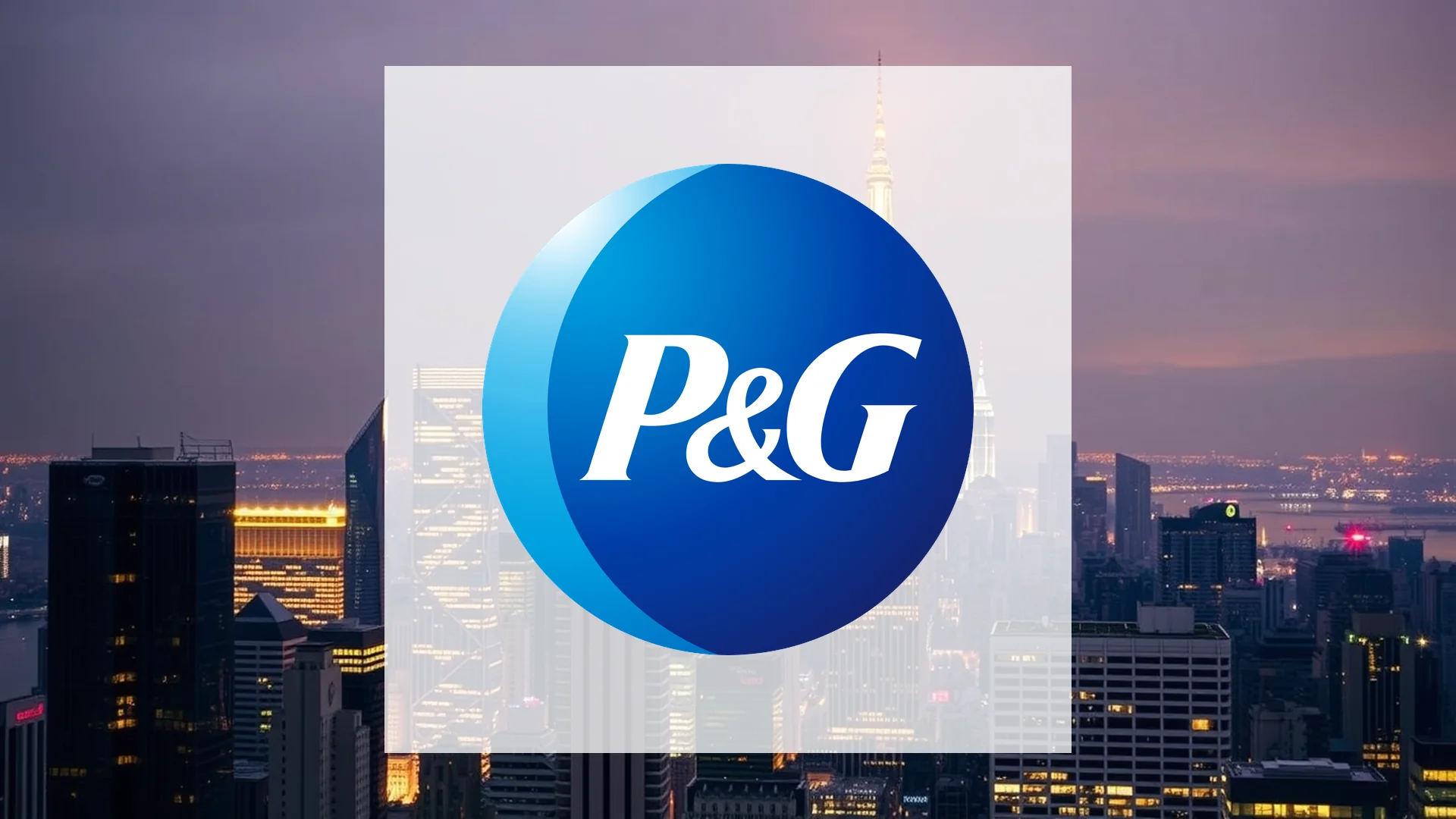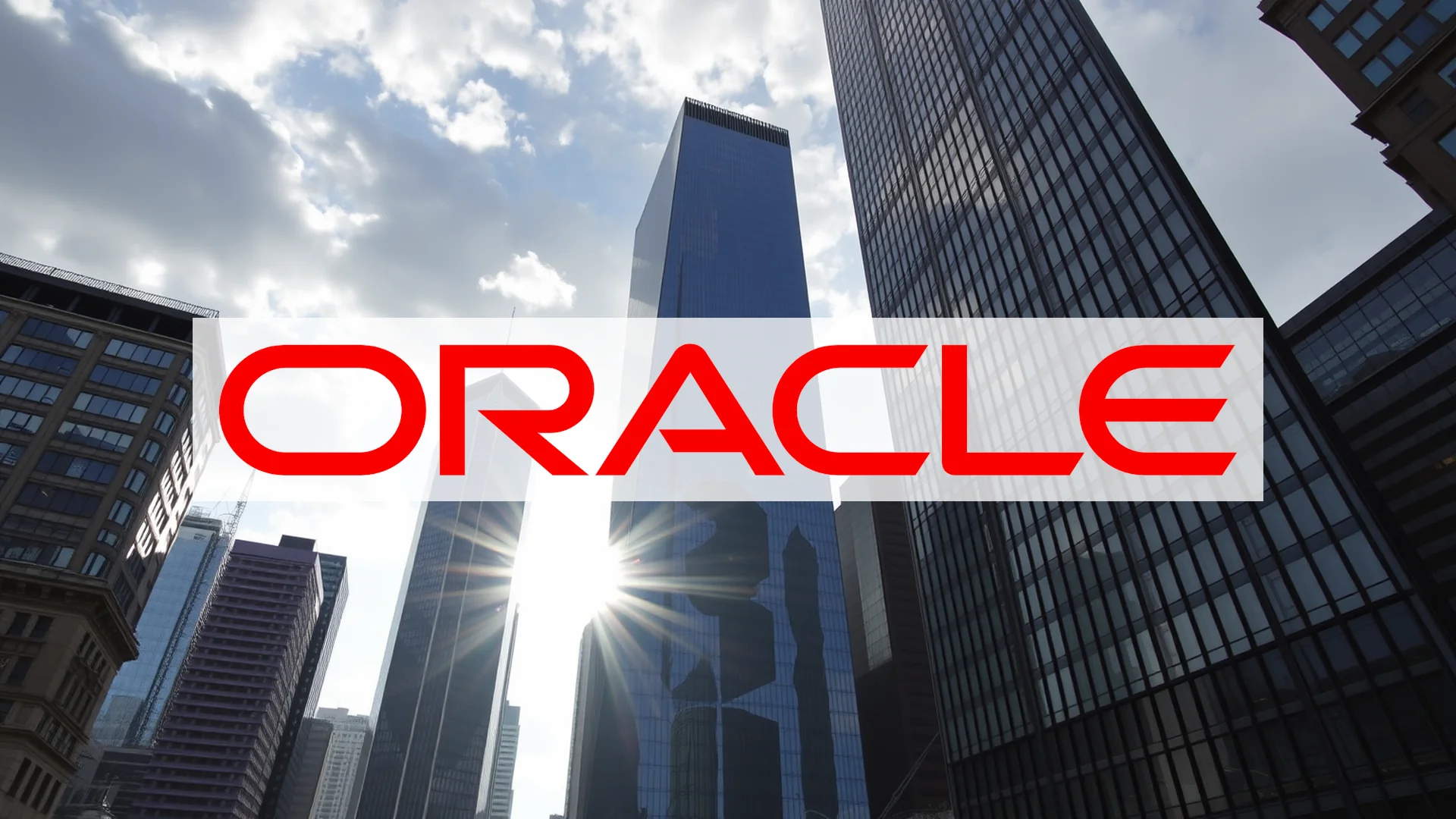While Procter & Gamble’s latest quarterly report impressed the market with robust figures, a concerning trend is emerging from within the company’s own ranks. Senior executives and major institutional investors are significantly reducing their holdings, creating a puzzling contrast between the company’s public performance and private actions.
Executive Exodus Raises Eyebrows
A wave of selling activity has swept through Procter & Gamble’s upper management echelons. Over the past three months, company insiders have disposed of shares valued at more than $23 million. Notable transactions include those executed by Chief Financial Officer Andre Schulten and Chief Operating Officer Shailesh Jejurikar. Such substantial divestments by those with intimate knowledge of the company’s operations naturally lead to market speculation: Are these executives aware of developments that haven’t yet reached public disclosure?
Institutional Investors Join the Retreat
The selling pressure isn’t limited to corporate leadership. Major financial institutions have also been scaling back their exposure to the consumer goods giant. Thoroughbred Financial Services substantially reduced its stake by nearly 29 percent, while Jensen Investment Management followed with a decrease exceeding four percent. Although some smaller funds have increased their positions, these additions are overshadowed by the volume of shares being offloaded by larger market participants. This institutional exodus sends a clear message about diminishing confidence in the company’s future growth trajectory.
Should investors sell immediately? Or is it worth buying Procter & Gamble?
Strong Fundamentals Meet Skeptical Signals
The timing of these sales is particularly noteworthy given the company’s recent financial achievements. Procter & Gamble exceeded analyst expectations by reporting earnings of $1.99 per share and grew revenue to $22.39 billion. The company’s operational performance would typically inspire investor confidence, demonstrated by a return on equity above 32 percent and net margins approaching 20 percent.
This creates a fundamental contradiction for market participants. The published financial metrics present a picture of corporate health and profitability, yet those closest to the company’s operations appear to be taking a different view. Investors now face a complex decision: Should they trust the quantitative evidence of success, or heed the cautionary actions of corporate insiders who possess privileged understanding of the business?
Ad
Procter & Gamble Stock: Buy or Sell?! New Procter & Gamble Analysis from November 16 delivers the answer:
The latest Procter & Gamble figures speak for themselves: Urgent action needed for Procter & Gamble investors. Is it worth buying or should you sell? Find out what to do now in the current free analysis from November 16.
Procter & Gamble: Buy or sell? Read more here...











